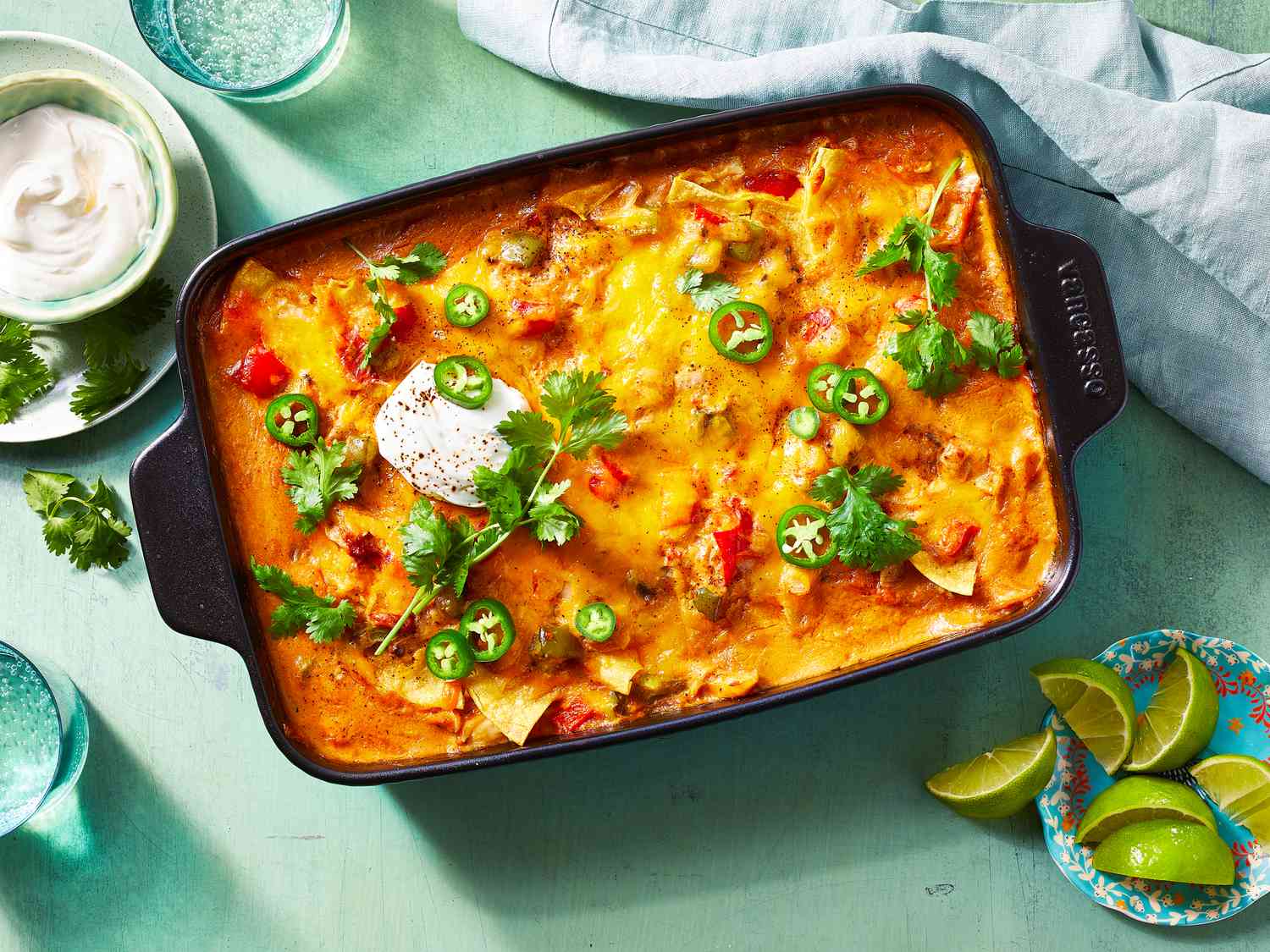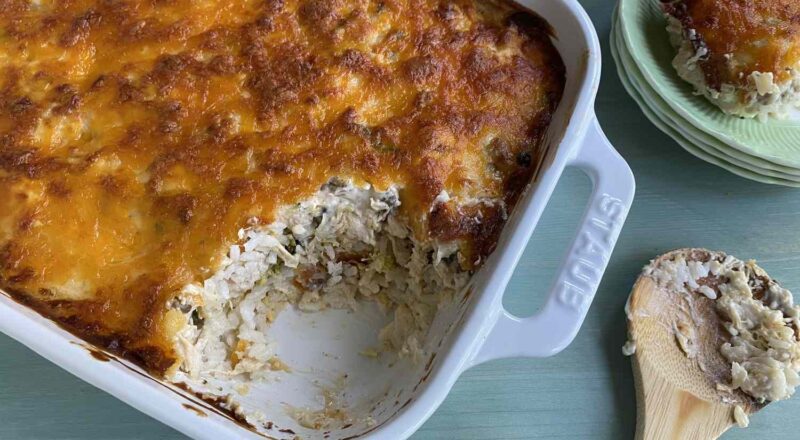How long do you cook stuffing in a casserole dish? This is a question that puzzles many cooking enthusiasts, especially during holiday seasons. Getting that perfect blend of flavors and textures can be quite an art. Understanding the time it takes to cook stuffing is crucial to achieving delicious results.
Stuffing is an integral part of any festive meal, and knowing how to cook it properly in a casserole dish can make all the difference. Whether you are a kitchen professional or a home cook, mastering this delicate balance of flavors enriches your culinary repertoire.

Why Use a Casserole Dish for Stuffing?
Utilizing a casserole dish for cooking stuffing allows for even heat distribution. This ensures that the ingredients meld together nicely while maintaining a beautiful golden crust. For those interested in similar methods, check out this chicken enchilada guide.
Ingredients Matter
Your choice of bread, herbs, and additional ingredients play a significant role in determining how long the stuffing will need to cook. The moisture level and type of bread can affect cooking times. Using high-quality, fresh ingredients often leads to the most flavorsome stuffing.
Tools You Need
Having the right tools like a reliable oven and a sturdy casserole dish is essential. Make sure your casserole dish is of the appropriate size for the amount of stuffing you plan to prepare.
Pre-Cooking Preparations
Before delving into the cooking, proper preparation is vital. Dice, slice, and measure your ingredients accurately to save time and ensure consistency in your stuffing. This external source offers additional tips for preparing casseroles.
Cooking Time and Temperature
The general guideline for cooking stuffing in a casserole dish is to bake it at 350F (175C) for approximately 45 minutes to an hour. For more info on time management, you might refer to this corn casserole page.
Adjustments for Cooking
Sometimes, adjustments are needed based on your oven’s efficiency or the specific ingredients. A good rule of thumb is to check if the top is golden brown and if the stuffing’s internal temperature reaches at least 165F (74C).
Resting Time and Serving
Once cooked, allowing the stuffing to rest for 10-15 minutes before serving can enhance flavors and improve texture. During this time, the stuffing sets better, ensuring each serving is packed with taste.
Casserole Pairing Ideas
Stuffing cooked in a casserole dish pairs well with a variety of dishes. For inspiration, you may want to explore how to cook a pork roast.
Troubleshooting Common Problems
Occasionally, you may encounter issues such as soggy stuffing or over-crisp edges. Understanding the causes and solutions can enhance your cooking experience. Troubleshoot by adjusting moisture levels or changing the baking temperature slightly.
Maintaining Perfect Texture
To maintain an optimal texture, balance dry and wet ingredients carefully. This balance helps avoid undercooked centers while ensuring the stuffing is not overly dry.

Frequently Asked Questions
What is the best bread to use for stuffing?
Stale, crusty bread such as sourdough or a country loaf often yields the best texture and flavor in stuffing dishes.
Can you prepare stuffing in advance?
Yes, you can prepare stuffing a day ahead and store it in the fridge, then bake it before serving.
How can I make stuffing more flavorful?
Enhance stuffing with the use of fresh herbs, quality broth, and an array of seasonings to add depth of flavor.
Should stuffing be covered while cooking?
If you notice the top browning too quickly, covering it with foil may be advantageous, especially during the initial 30 minutes of baking.
For more on making delightful casserole dishes, feel free to visit sweet potato casserole for additional insights and inspiration.
This article contains affiliate links. We may earn a commission at no extra cost to you.

